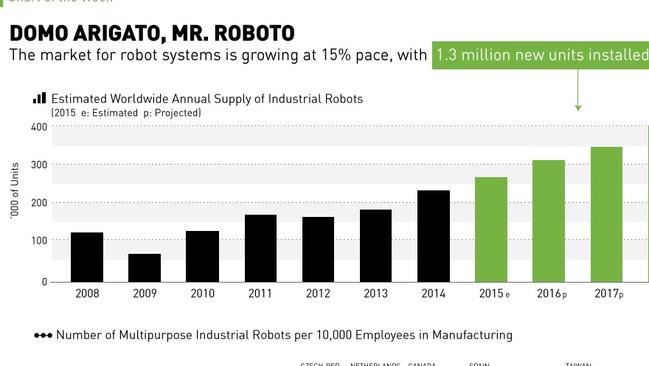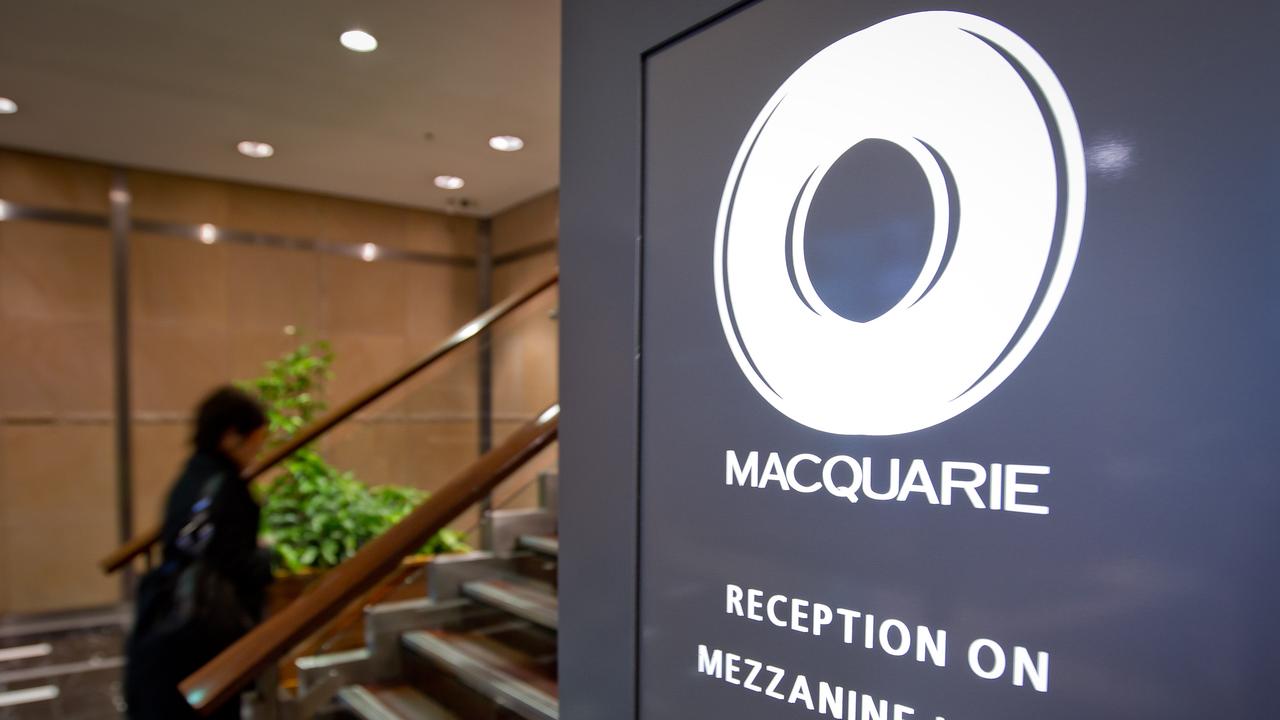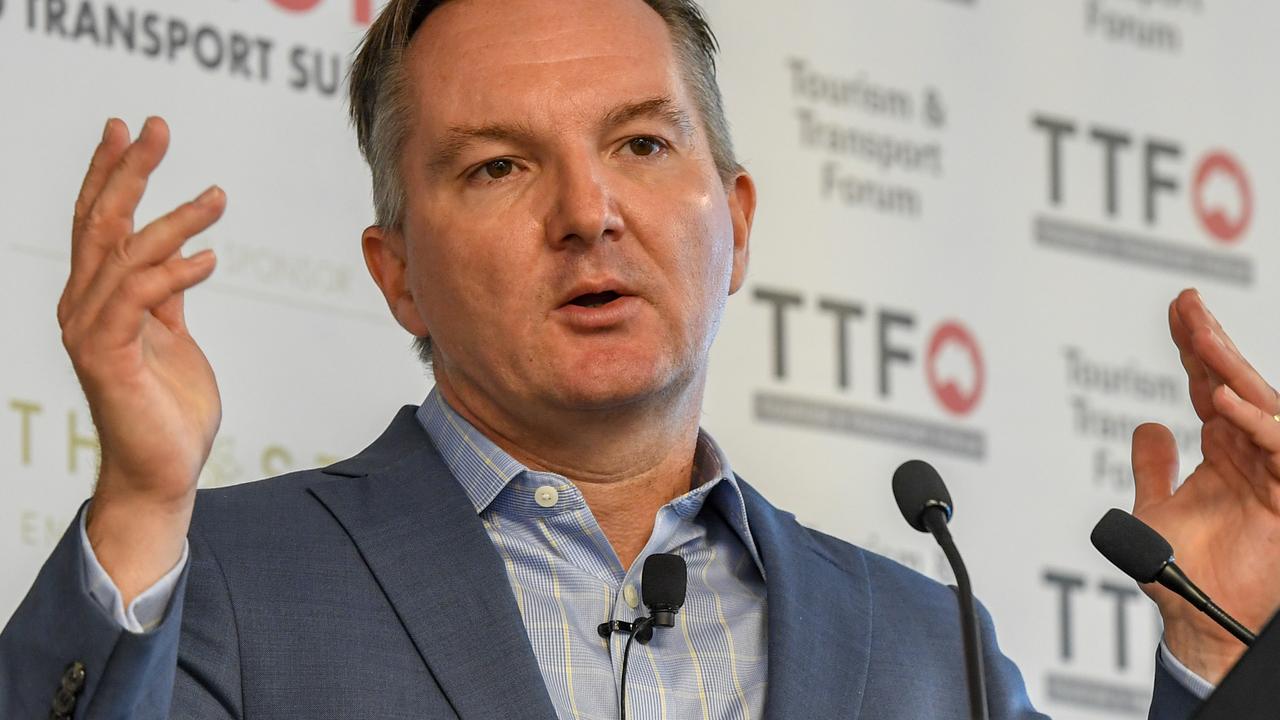
If Trump wins the poll — and there is a real chance he will — he will advance a set of policies — including migration clamps — that will increase the role of the nation state.
This nation state movement is already developing momentum with the decision of the UK to leave the European Union and the high likelihood that individual European states will close their borders. Trump will tighten US borders and he is not a fan of trade deals, which are a linchpin of Australian foreign policy. Globalisation has not delivered sufficient rewards to lower income groups and is under voter threat.
Meanwhile, like Canadian Prime Minister Justin Trudeau, Donald Trump understands that the Joint Strike Fighter is a disaster and wants to shut it down. Australia will need to first face this JSF truth and, with Canada, work really hard to get the US not to shut down the JSF but to merge the program with the a revitalised F-22 (Australia’s defence options open up, April 27).
Trump has Russian connections that go way back. They may become an election issue. If he becomes President there is likely to be much better relations between Russia and the US, further revolutionising the global scene and possibly overturning the current anti-Russian foreign policies of Europe.
But a key part of the Trump strategy is to bring US manufacturing and services back home and he embraces the successful Ronald Reagan slogan “Make America Great Again”.
In the Bill Clinton era and in the years that preceded and followed the Bill Clinton Presidency, American manufacturers left home and went to China and other parts of Asia in a bid to slash their costs. Globalisation boomed and Australia was a huge beneficiary because we supplied the raw materials to China.
But the advance of robots and digital manufacturing has slashed the cost of manufacturing in the US. Had Australia taken the German submarine tender, we would have emerged as a world leader in digital manufacturing (Australia’s chance to lead the fourth industrial revolution, April 5)
But we chose the French submarine and their five-year design plan means that we will stay on the fringes of digital manufacturing and that the Germans will advance digital manufacturing in other Asian countries.
Both the US and the Germans are world leaders in digital manufacturing. But they are also leading the world in terms of the introduction of robots into manufacturing.
This week, I ran across a fascinating set of graphs in Visual Capitalist, which were published last March.

As you can see, they reveal the great growth of robots in manufacturing around the globe and also show that China’s robot density is half the global average, way behind the US and Germany.
Australia is just a bit above the world average.
But China knows it has fallen behind and is engaged in a dramatic effort to catch up and will have one-third of the world’s robots by 2018. This means that their manufacturing will require less and less labour, with consequent social problems.
Donald Trump is unlikely to share with US voters that making American great again will not restore the old jobs. But as this becomes apparent, it will intensify Trump’s anti-migration policies.






The US Republican Presidential nominee Donald Trump has a unique chance to “Make America Great Again” because of the developing robot and digital manufacturing boom. But so does Hillary Clinton. And if Hillary Clinton is to win in November, she may need to embrace part of the Trump agenda because of its popular appeal.